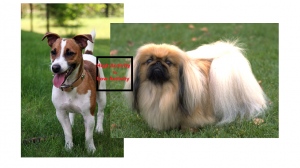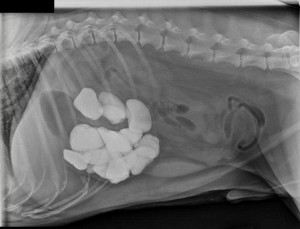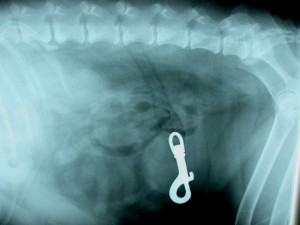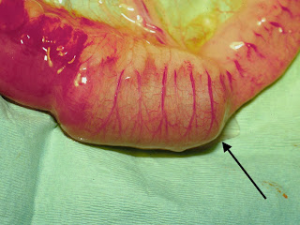Periodontal Disease in Pets
Plaque covered teeth, bad breath, bleeding gums and pain on eating hard food are commonly seen in older pets and are signs of periodontal disease.
Periodontal disease involves the buildup of plaque and calculus on teeth, which serves as a breeding ground for zillions of bacteria. The animal mounts an immune response to all these bacteria and the byproduct of this immune response is that the dog starts destroying its own gums, leading to rotting teeth sitting in rotting gums.
Periodontal disease may seem like something to expect and ignore in older pets but that is not the case. It can cause all sorts of secondary problems; tooth abscesses, jaw bone infections, chronic respiratory infections and has even been implicated in heart and liver disease. Cats especially, stop eating when their teeth are sore, leading to severe loss of weight and secondary liver disease issues.
Ideally one should brush pets’ teeth regularly or apply special oral rinses that inhibit plaque, provide dental chews or dental diets that prevent the proliferation of plaque. However, if you notice a lot of plaque on your pet’s teeth better to treat early by bringing into us for a dental scale and polish; where we break off all the rotten calculus and polish the teeth clean. If the gums have already started to be eaten away and the teeth are loose, we will probably have to pull these teeth out.
oaklandshillvet.com
cranbrookveterinary.com
Posted in: Uncategorized
Leave a Comment (0) →




